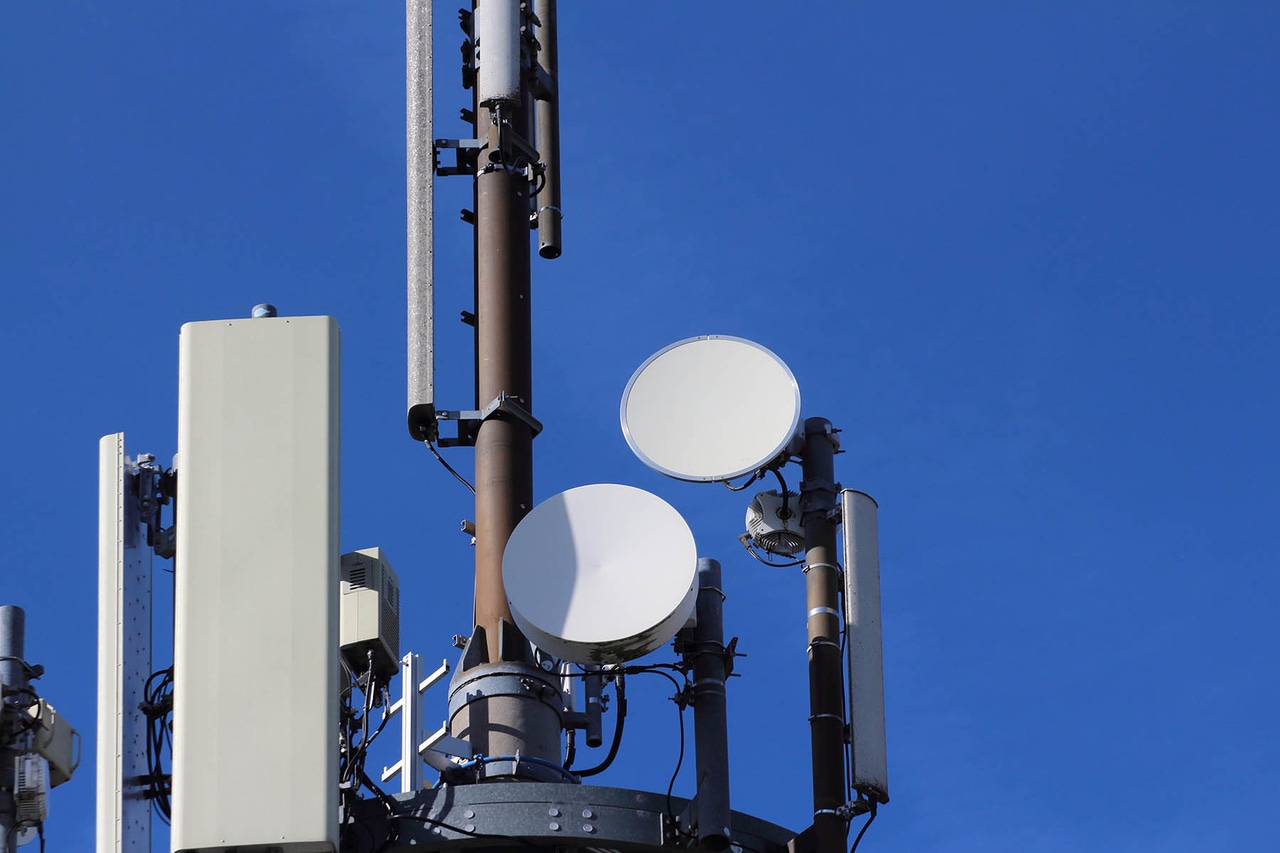
Insight and analysis on the data center space from industry thought leaders.
Why Data Centers Need In-Building 5G ConnectivityWhy Data Centers Need In-Building 5G Connectivity
Unlocking the full potential of data centers demands seamless 5G connectivity. Discover why in-building access is paramount for uninterrupted operations.
May 13, 2024

Today’s hyperscale data centers run on agile connectivity, and high-speed data transport is crucial for smooth operations. However, another important connectivity need is growing among data centers worldwide.
While the majority of data center operations are fully automated, technicians regularly need to visit facilities to repair outages, perform upgrades, and conduct ongoing maintenance. With the popularity of the bring-your-own-device (BYOD) trend, many of these technicians rely on 5G mobile service from mobile network operators to communicate and access technical support when working in the data center.
Moreover, an increasing number of hyperscalers are relying on Internet of Things (IoT) devices that use 5G connectivity for measurement and environmental monitoring. The nearly pervasive adoption of 5G technology is rapidly changing how we stay connected in our modern economy, with 5G subscribers forecast to reach eight billion worldwide by 2028, up from roughly 1.4 billion today.
However, most 5G networks use mid-band and higher radio frequency (RF) spectrum, which is easily blocked by the latest energy-efficient building materials, furniture, interior walls, and loaded equipment racks. When RF signals from outside are blocked, in-building mobile connectivity is spotty or even nonexistent. This leads to dropped connections and important calls being missed, preventing maintenance technicians from immediately connecting with support personnel, emergency services, or online troubleshooting resources.
Ultimately, without pervasive in-building connectivity, data center operators risk extended service outages and missed service level agreement (SLA) targets. How can operations teams provide secure, reliable mobile coverage throughout data center facilities to ensure seamless voice, data, and IoT connectivity?
Keep Pace with Evolution
The evolution of mobile technology continues to drive changes in the way networks are built and operated. As demand for 5G service escalates, a new RF spectrum is being added to provide greater coverage and bandwidth. In addition to the higher millimeter wave (mmWave) frequencies originally allocated for 5G, mobile network operators are now using new mid-band frequencies, such as the C-Band and Citizens Broadband Radio Service (CBRS).
Mid-band 5G frequencies offer significantly greater capacity for outdoor wide-area networks due to larger channels, compared to legacy mobile technologies. Unfortunately, these wider RF channels have a shorter signal propagation range and consume more radio output power, reducing the overall coverage area and resulting in poor connectivity inside buildings. This need is even more critical for those data centers located in remote locations where outdoor mobile service may be lacking.
To ensure operations teams have ready access to multi-operator mobile service, hyperscale data centers often install in-building distributed antenna system (DAS) equipment. A DAS platform connects with signal sources from various mobile network operators to provide in-building connectivity for IoT devices, emergency responder radios, and data center operations teams – whether they are in a server room, operations center, or mechanical closet. Yet, even those data centers with existing DAS platforms need to upgrade and reconfigure their legacy equipment to support the new 5G spectrum and accommodate the signal propagation variances of those frequencies.
Realize a Sustainable Tomorrow
In 2022, US data centers used more than 4% of the country’s total electricity, and projections estimate that figure will reach 6% by 2026. With data demand continuing to skyrocket, data center operations teams are faced with the challenge of increasing capacity and performance while simultaneously reducing power consumption and operational costs. This goal is becoming increasingly urgent due to rapid innovations in artificial intelligence (AI), which drives a critical need for powerful computing infrastructure that requires considerably greater energy than traditional data centers.
This means that when choosing the best DAS system for data center connectivity, power consumption is a key factor to take into consideration. Indeed, overall sustainability is essential as hyperscalers strive to meet aggressive environmental, social, and governance (ESG) goals and achieve net zero carbon emmissions.
Modular DAS platforms allow quick and efficient upgrades to keep pace with technology evolution, updating only those components necessary to continually meet industry demands. This eliminates the need for a complete ‘rip-and-replace’ project, thereby reducing waste. Likewise, DAS platforms with smaller, lightweight, and energy-efficient components also consume fewer resources in manufacturing and shipping, as well as during operation.
Take Fiber to the Edge
Hyperscale data center operators already have access to a significant amount of fiber infrastructure throughout their buildings and campuses. With DAS platforms that leverage fiber-to-the-edge technology, fiber connections are used to carry voice and data all the way to the edge of the network for improved service quality and fewer dropped calls. The extremely high bandwidth and data speeds made possible with fiber-to-the-edge enable outstanding in-building connectivity.
Fiber optic data transmission offers inherent potential for improved data security throughout the network. However, despite a common fiber infrastructure, the DAS is a standalone system that does not touch any of the data center’s networks, ensuring the utmost security. Plus, a fiber-to-the-edge DAS is easier to install and maintain than traditional coaxial cabling, with simple upgrades to add more capacity or support the latest network transformation, keeping pace with evolving technology.
Mission-Critical Connectivity
With strict SLA targets and service requirements of up to 99.999% uptime, today’s data center operators rely on optimum efficiency and agility to remain competitive and profitable. Reliable, real-time mobile communications access allows data center technicians to stay connected when time is of the essence, keeping day-to-day operations running smoothly today and tomorrow.
Doug Bierbower is Vice President of Solutions Engineering for SOLiD Americas. He has more than 25 years of experience in telecommunications, including in-building wireless system design, optimization, technical support, and product management.
About the Author
You May Also Like







